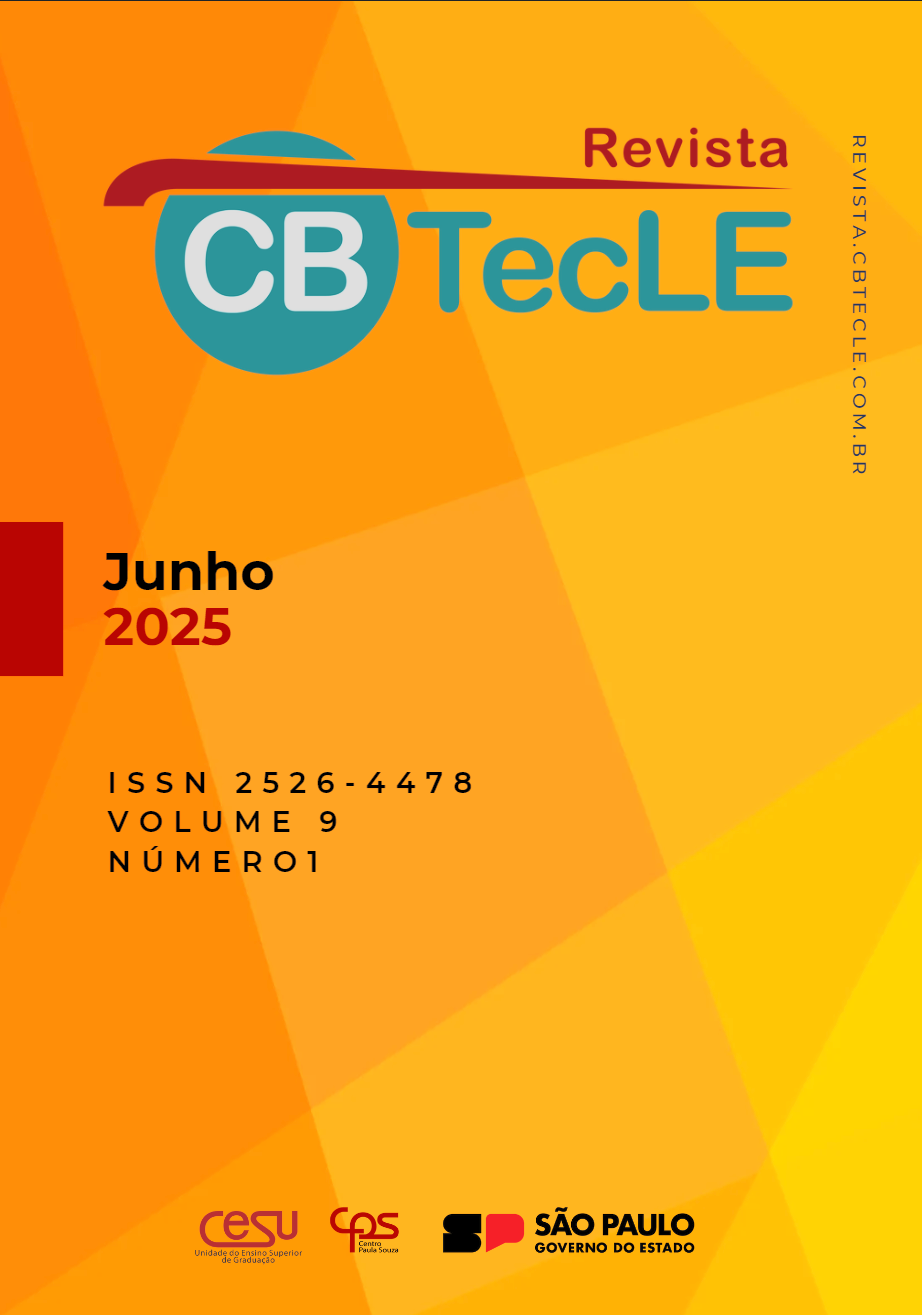Using English literature to discuss linguistic variation in foreign language classes
Keywords:
Literature, Sociolinguistics, Linguistic variationAbstract
This case study aims to present a project carried out with Grade 10 students from a bilingual school. During English classes, the students were able to come into contact with the book “The Hate U Give”, by author Angie Thomas. The book deals with social issues, and language plays a prominent role in some moments of the book. Throughout the reading, the students were able to analyze the linguistic behavior of the main character of the book, Starr, in the two main settings in which she was part of: (i) her neighborhood, in the suburbs; and (ii) her private school. Fishman (2000) argues that specific contexts of communication create “domains of use”, causing speakers to use certain linguistic varieties in order to be able to participate in any interactions that occur there. For Starr, this would mean adapting her variety of English to a more standard version whenever she was at her school. These moments were recorded by the students and, after research on linguistic prejudice (see Bagno, 2007) and how speakers can establish communication with each other (see Soares, 2003), a short article was written. This project helped the students understand how an individual's linguistic identity is formed.
References
ALLPORT, G. W. The Nature of Prejudice. Cambridge: Cambridge, Mass, Addison-Wesley Pub. Co, 1954.
BAGNO, M. Preconceito lingüístico: o que é, como se faz. 49ª. ed. São Paulo: Loyola, 2007.
BORTONI-RICARDO, S. M. Nós cheguemu na escola, e agora? Sociolinguística e educação. São Paulo: Parábola, 2005.
BRASIL. Ministério da Educação. Base Nacional Comum Curricular. Brasília, 2018.
BRITISH COUNCIL. Learning English in Brazil. 2014. Disponível em https://www.britishcouncil.org.br/sites/default/files/learning_english_in_brazil.pdf. Acesso em 8 jan. 2025.
CAMBRIDGE ENGLISH. Assessing Speaking Performance – Level C1. 2011. Disponível em https://www.cambridgeenglish.org/images/168620-assessing-speaking-performance-at-level-c1.pdf. Acesso em 13 out. 2022
DE LEÓN RODRÍGUEZ, D., BUETLER, K. A., EGGENBERGER, N., LAGANARO, M., NYFFELER, T., ANNONI, J. M., & MÜRI, R. M. The Impact of Language Opacity and Proficiency on Reading Strategies in Bilinguals: An Eye Movement Study. Frontiers in psychology, 7, 649, 2016.
DERWING, T. M. & MUNRO, M. J. Pronunciation fundamentals: Evidence-based perspectives for L2 teaching and research. John Benjamins Publishing Company, 2015.
FINLEY S. Learning Nonadjacent Dependencies In Phonology: Transparent Vowels In Vowel Harmony. Language, 91(1), 48–72, 2015.
FISHMAN, J. A. Who speaks what language to whom and when? In: WEI, L. (Org.). The Bilingualism Reader. Londres: Routledge, 2000.
GARDNER-CHLOROS, P. Contact and Code-Switching. Cambridge: Cambridge University Press, 2009.
GNERRE, M. Linguagem, escrita e poder. S. Paulo, Editora Martins Fontes, 1985.
GOLUBOVIĆ, J., & SOKOLIĆ, N. “Their language sounds aggressive”: A matched-guise study with Serbian and Croatian. In C. Gooskens & R. van Bezooijen (Eds.), Phonetics in Europe: Perception and production, pp. 25–57, 2013.
IELTS SPEAKING. Bands Descriptors. 2019. Disponível em https://www.ielts.org/-/media/pdfs/speaking-band-descriptors.ashx?la=en . Acesso em 20 out. 2022.
JENKINS, J. English as Lingua Franca: Interpretations and attitudes. World Englishes, 2009.
KACHRU, B. B. The Other Tongue. English Across Cultures. Urbana, Ill. University of Illinois Press, 1982.
KERSWILL, P. Dialect levelling and geographical diffusion in British English. In: D. Britain and J. Cheshire (eds.) Social dialectology. In honour of Peter Trudgill. Amsterdam: Benjamins. 223-243, 2003.
KOCH, I. V. Introdução à linguística textual: trajetória e grandes temas. Contexto, São Paulo, 2015.
LABOV, W. Sociolinguistic Patterns. Philadelphia: University of Pennsylvania Press, 1972.
LEITE, M. Q. A norma linguística: conceito e características. I Simpósio nacional sobre a intolerância. Preconceito e intolerância lingüísticos: conceitos e características. 2006.
MUFWENE, S. The Ecology of Language Evolution (Cambridge Approaches to Language Contact). Cambridge: Cambridge University Press, 2001.
OSBORNE, D. M. Systematic differences in consonant sounds between the interlanguage phonology of a Brazilian Portuguese learner of English and standard American English. Ilha do Desterro, 55, 111-132, 2008.
SHARMA, L. R. Significance of Teaching the Pronunciation of Segmental and Suprasegmental Features of English. Interdisciplinary Research in Education, 6(2), 63-78, 2021.
SOARES, M. Letramento: um tema em três gêneros. Ceale: Belo Horizonte, 2003.
SPINE MAGAZINE. Designing the cover for The Hate U Give. 2017. Disponível em https://spinemagazine.co/articles/the-hate-u-give. Acesso 11 jan. 2025.
TOEFL IBT. Independent Speaking Rubrics. 2019. Disponível em https://www.ets.org/s/toefl/pdf/toefl_speaking_rubrics.pdf. Acesso em 20 out. 2022.
THOMAS, A. The Hate U Give. London, England: Walker Books, 2017.
TWAIN, M. The Adventures of Huckleberry Finn. London; New York: Penguin Books, 1994.
WALKER, R. Teaching pronunciation of English as a Lingua Franca. Oxford, UK: Oxford University Press, 2010.
WOLFRAM, W. Sociolinguistic variation and the public interest. Cadernos de Linguística, [S. l.], v. 2, n. 1, p. e357, 2021.
WEINREICH, U.; LABOV, W.; HERZOG, M. Fundamentos empíricos para uma teoria da mudança linguística. Tradução de Marcos Bagno. São Paulo: Parábola, 2006 [1968].



